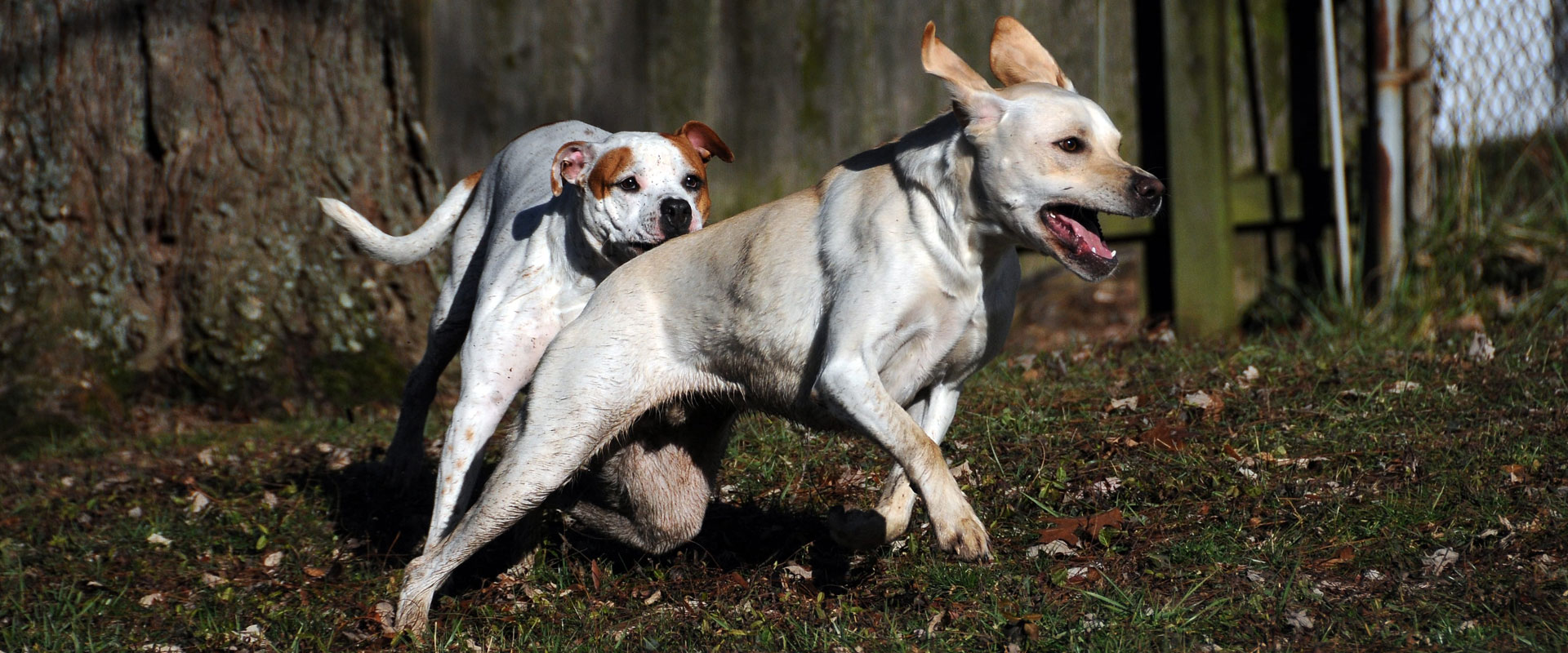Does Your Dog Have to Live with Canine Osteoarthritis Symptoms?
We love our pups and do our best to provide them with everything they need to live long, happy, healthy lives. No matter how much love and care pet owners provide, however, as pets age, they become more and more susceptible to developing age-related medical conditions. One particularly common age-related illness is canine osteoarthritis, also referred to as degenerative joint disease (DJD).
What Is Canine Osteoarthritis?
While arthritis is a medical term that refers to inflammation of the joints, canine osteoarthritis specifically describes a chronic, degenerative condition marked by joint inflammation which occurs due to the deterioration of the cartilage that allows joints to move smoothly and painlessly.
What Causes Canine Osteoarthritis?
There’s no specific known cause of primary degenerative joint disease (cases which occur unrelated to other medical concerns). Secondary DJD can occur as the result of an injury, birth defects, hip or elbow dysplasia, diabetes, or prolonged steroid treatment.
Although the cause of primary osteoarthritis isn’t understood, certain factors can put a dog at higher risk. Large breeds and overweight dogs are at the highest risk of developing osteoarthritis, but all older dogs can develop the chronic condition.
Signs and Symptoms of Canine Osteoarthritis
Pets instinctively mask pain. So, you’ll need to observe your pet carefully, looking for the following signs:
- Stiffness, lameness, or limping
- Favoring certain limbs or refusing to put weight on another
- Swollen joint(s)
- Stands up and sits down slowly
- Avoids climbing stairs, jumping, and/or playing
- Difficulty balancing
The most common sign of osteoarthritis is your dog’s reduced activity and playfulness. Losing the desire to play, as usual, is not a normal sign of aging, but a sign of age-related illness.
How to Manage Your Dog’s Pain and Chronic Disease
Osteoarthritis is a chronic disease, meaning it cannot be cured. It can, however, be managed and there are steps you can take to slow the diseases progression and your pet’s subsequent worsening of symptoms.
- Provide your pet with elevated food and water bowls.
- Provide soft bedding.
- Keep your pet active with lots of walks and swimming, if possible.
- Ask our veterinarian about nutritional supplements, dietary adjustments, and nutraceuticals designed for canine osteoarthritis.
- Manage your pet’s weight with a healthy diet.
- Talk with our veterinarian about adding pain medication to your pet’s health regimen.
Manage Your Pet’s Chronic Pain from the Comfort of Home
At Capital Home Veterinary Care, we’re proud to provide a full range of pain management and wellness services to pets in the comfort of their own homes. If your dog has been showing signs of osteoarthritis or another health concern, we encourage you to contact us right away to schedule an at-home appointment with our mobile veterinary clinic. We’ll perform diagnostic testing to verify the cause of your pet’s symptoms and provide your pet with a personalized wellness and pain management plan designed to slow the progression of your pet’s condition and minimize symptoms.

